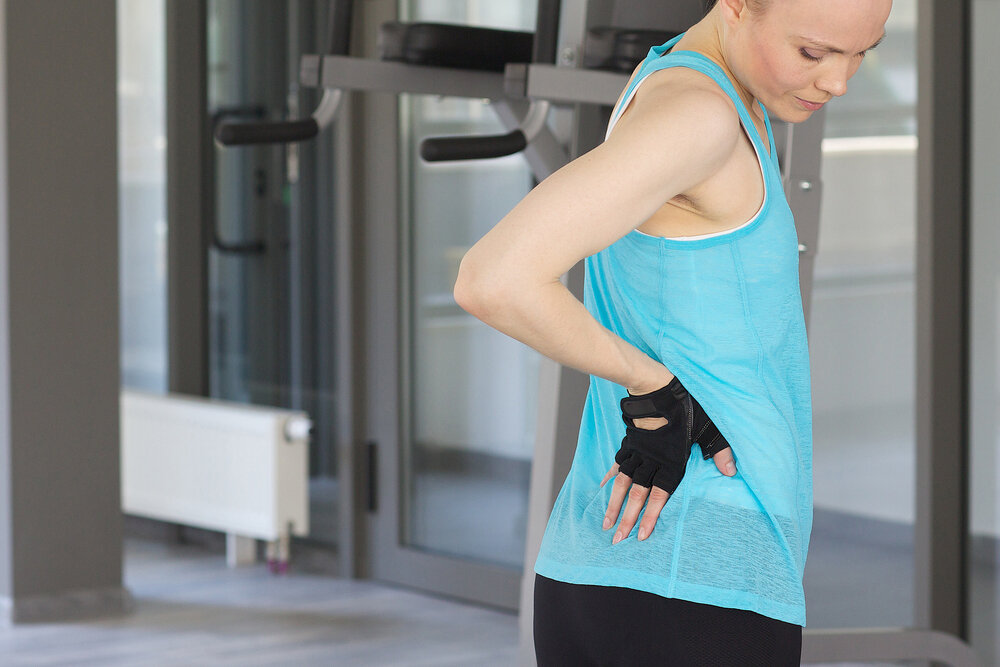Anyone who has ever done exercise will have almost certainly experienced the post-exercise muscle pain known as DOMS. If you’re just getting back into training after lockdown, you may well be experiencing DOMS like you haven’t done for a long time!
What we’re going to explore in this article is what the science says about Delayed Onset Muscle Soreness and how we can manage it ourselves.
DOMS - What is it?
The early study and investigation into delayed onset muscle soreness started in the 70’s and 80’s. For a long time there were a number of theories under investigation, ranging from lactic acid build up, enzyme build up, muscle damage and toxin accumulation. What the science has largely settled on is that DOMS is the result of micro-trauma in the muscles caused by exercise, in particular eccentric contraction. The other theories around lactic acid etc have been largely discredited by science.
For those of you unaware, eccentric contraction is when a muscle lengthens as it contracts, rather than shortens. A classic example is in the hamstrings during kettlebell swings.
Two other anecdotal observations around DOMS is a change of stimulus, so for example imagine you typically weight train and instead decide to go for a run, because you’re not used to running you’re likely to suffer from DOMS, even though you may already be physically fit.
Another potential cause of DOMS is the intensity of the exercise. By increasing workout volume and intensity you may well be creating the conditions for muscle soreness. This is especially poignant at the moment because so many of us are ramping our exercise intensity back up post-lockdown, so are potentially more likely to be suffering from DOMS.
Why is DOMS a problem?
This largely depends on your training goals. If you’re an athlete, DOMS can be a big problem because being in pain makes you unable to train at a very high intensity. This can translate into poor performances in competition. Additionally it reduces the amount of force that your muscles are capable of generating and the speed at which they contract, all negatives from a performance standpoint.
The more significant effect of DOMS for the rest of us is the increase in injury risk associated with the problem. We know from research that the condition has an adverse effect on the ability of the muscles and connective tissue to absorb force and impact, which is a huge element of injury prevention, especially in those who run or walk a lot, or play sports even at an amateur level.
Additionally DOMS is known to affect the muscle sequencing and firing patterns, so trying to learn a new physical skill whilst suffering from the problem is not a good idea. If you’re taking up a new sport or physical skill, don’t do it whilst suffering from DOMS because you’ll find learning the skill harder and you’re more likely to pick up an injury in the process.
How can we avoid DOMS?
The obvious thing to do is to avoid spending much time in eccentric contraction, especially when returning to training. Although there’s a school of thought that suggests eccentric contraction is where muscle growth occurs, there’s significant evidence that suggests this isn’t actually true. Placing emphasis on explosive concentric elements of an exercise will be helpful and avoiding any kind of ‘negatives’ in training.
You can still train at a very high intensity and not experience much in the way of DOMS - excellent approaches to this are exercises like prowler pushes, olympic weightlifting, sprinting, boxing, rope work and the like - these tend to not have much in the way of eccentric contraction so you can effectively work as hard as you like and not suffer delayed onset muscle soreness.
You’ll still have to recover appropriately, but the likelihood is you won’t be sore after the workout.
How do we cure DOMS?
The short answer is we don’t, but we can reduce the effects of it! The longer answer is that there are various ways to reduce the effects of the muscle pain that have various levels of success.
Generally speaking the best advice is to take an active role in recovery - massage therapies, warm/cold immersion therapies (sauna/ice baths etc), wearing compression and infrared garments and finally making sure you are well rested with great quality sleep, well nourished with plenty of protein and adequately hydrated.
Should DOMS ever be a goal?
For all the reasons above - DOMS should never be a goal on its own. In the bodybuilding community there is a lot of bro talk where they almost make DOMS out to be a good thing. The only real occasion where a bit of DOMS occurring might not be the worst thing in the world would be the end of a 6-8 week hypertrophy block of training where the volume has been increased week to week and there is a planned rest/de-load week after the block. And even then it shouldn’t be a goal just a bi-product of very well organised hypertrophy training.
Following the advice in this article will see you fighting fit and doing your best to avoid DOMS!
At AdMac Fitness we’re not about fads, fashions and short term fixes. We want you to succeed properly over the long term, so with our help and advice you can get your fitness back on track! If you’d like us to help you, contact us on 07921465108 or email us at admacfitness@gmail.com. We look forward to hearing from you!


































